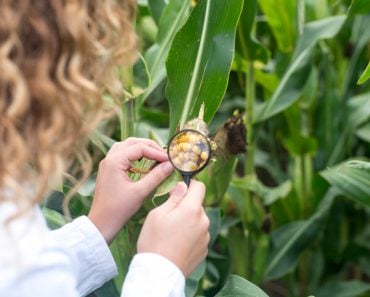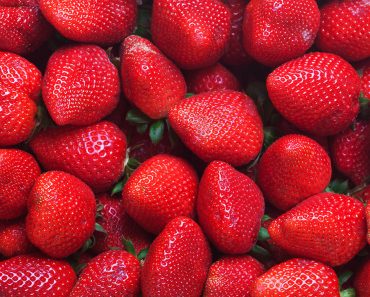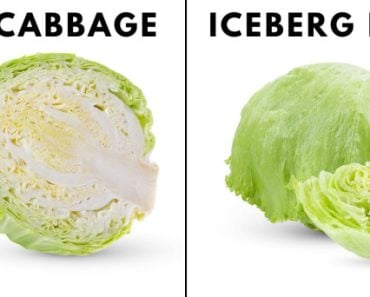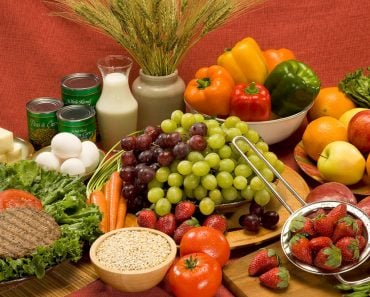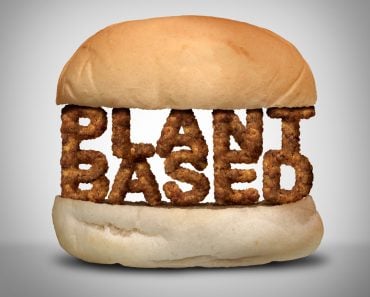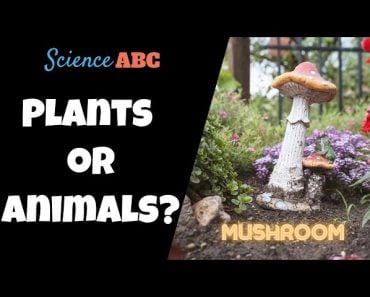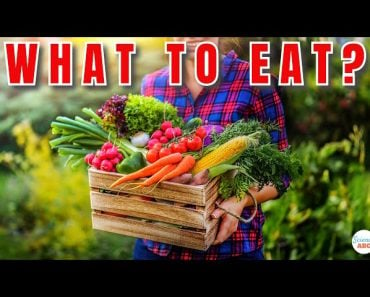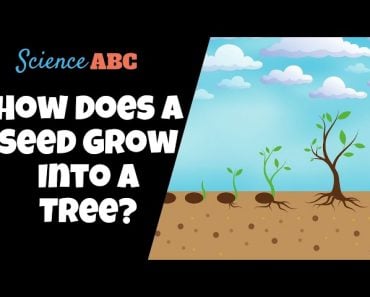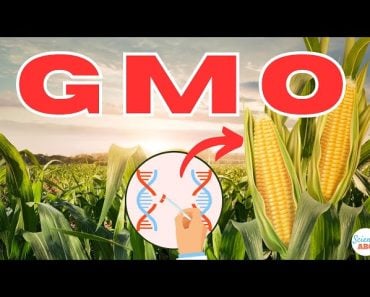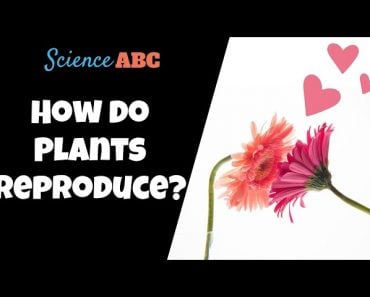Table of Contents (click to expand)
Corn is a vegetable, but that isn’t the whole story, as different parts of this popular food are also considered fruits and grains!
Nothing makes a summer barbecue complete like a well-buttered ear of corn, and nothing completes a cinematic experience like a salty bucket of popcorn. These are just two of the many ways that corn, a crop prized around the world, makes our lives (and diets) a bit more enjoyable.
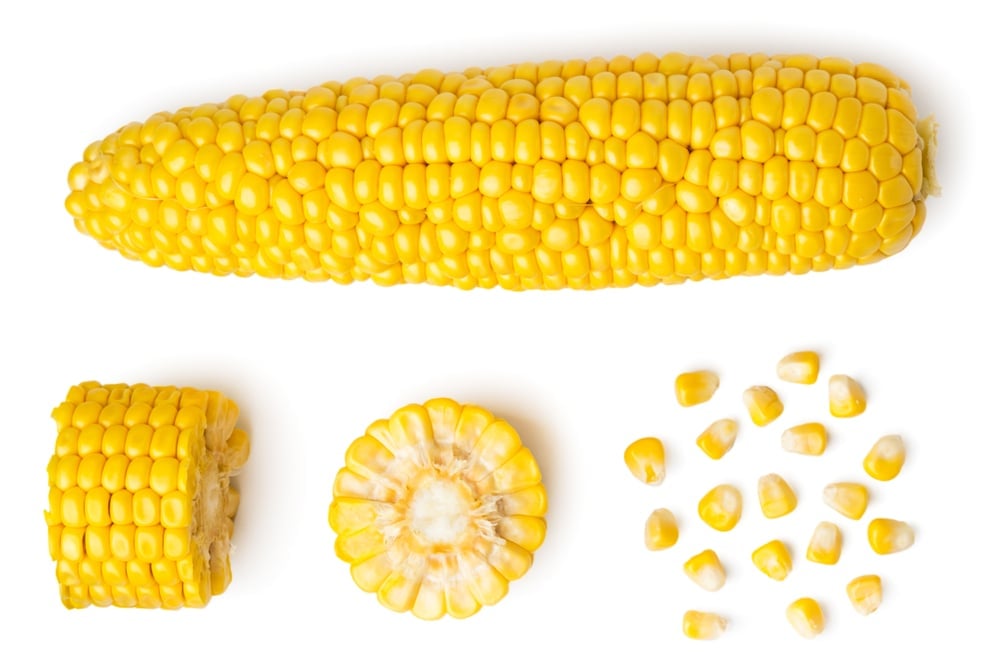
However, as with any type of food, people often try to categorize corn, casually calling it a vegetable, but is that the whole story? As it turns out, different parts of the corn plant, in different forms, are also considered grains and fruits. That may seem impossible to some of you readers, so let’s dig in a bit deeper.
Recommended Video for you:
What Is A Fruit, Vegetable And Grain?
When you look at a banana, a broccoli crown and a bag of flour, it is quite easy to classify them as a fruit, a vegetable and a grain. However, some foods are a bit trickier to categorize, and some belong to more than one group, so let’s iron out the basic details.
Fruit: Formally, a fruit is the seed-bearing structure of a flowering plant, forming from the ovary of the plant. These can usually be eaten in their raw form, and rely on animals and humans for dispersal of the seeds, after the fruit is consumed.
Vegetable: Vegetables are the parts of plants that are regularly consumed by animals and humans, including the leaves, stems, roots and seeds. This classification also broadly includes fruits and flowers, so while every fruit is a vegetable, not every vegetable is technically a fruit.
Grain: Grains are small, hard, dry seeds produced by grain crops, such as wheat, rice, maize, soybeans and corn, among others. Cereals and legumes are the two primary types of grains. Dry grains can be made into different flours and pressed for their nutrient-rich oil.
Corn: The Unclassifiable Crop
Now that we understand the formal definitions of fruits, vegetables and grains, let’s take a look at corn, the anomalous plant that defies classification.
When you look at an ear of corn, right before you slather it in butter and take a bite, you’ll see that it has hundreds of individuals “kernels”, each of which has a fruit wall (pericarp) connected to the seed coat inside. Although many people mistakenly thing each kernel is a seed, they are actually small, dry fruits!
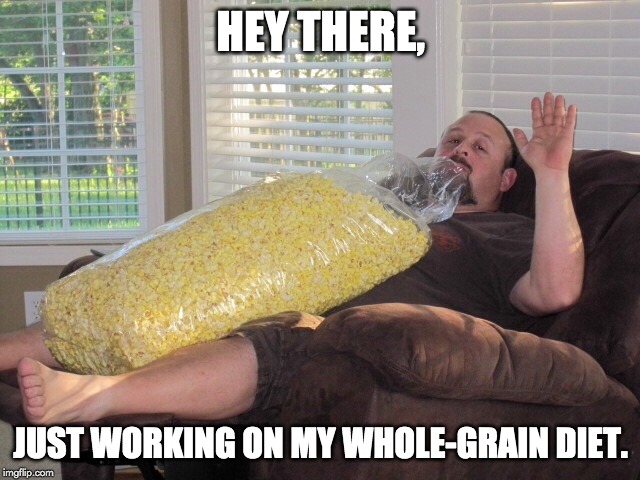
When you hold the whole ear of corn, that is clearly a part of the plant that you are going to consume. You probably won’t eat the hard central cob, but the ear itself is considered a vegetable.
Finally, when corn is dried, beaten into flour, or cooked into popcorn, it is considered a grain, because it is the combination of the fruit and seed into a single structure.
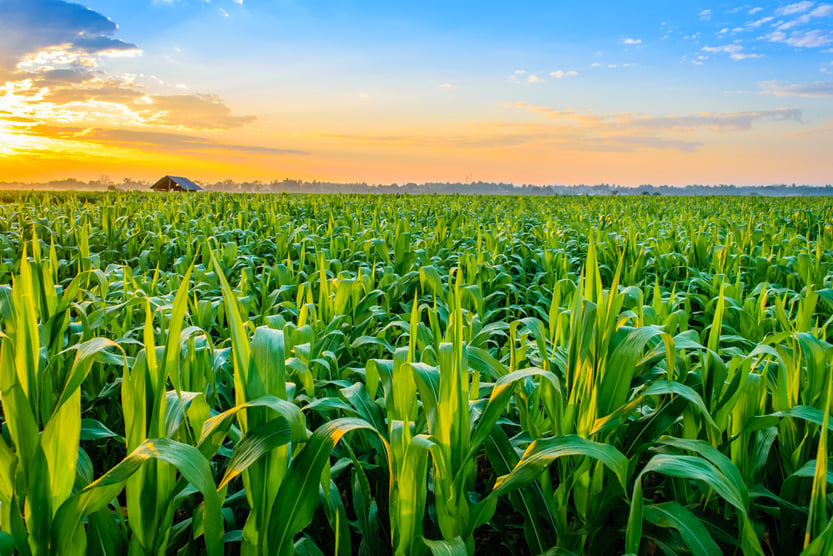
A Final Word
Depending on where you are in the world, and what type of corn product you are cooking with, this versatile plant may be called any number of things, but it technically fits into all three categories outlined above. Our one piece of advice is not to put any cream corn in your next fruit salad! However, while corn exists as a vegetable product, when it is consumed (i.e., when the kernels are eaten), you are more specifically snacking on fruits and grains!



